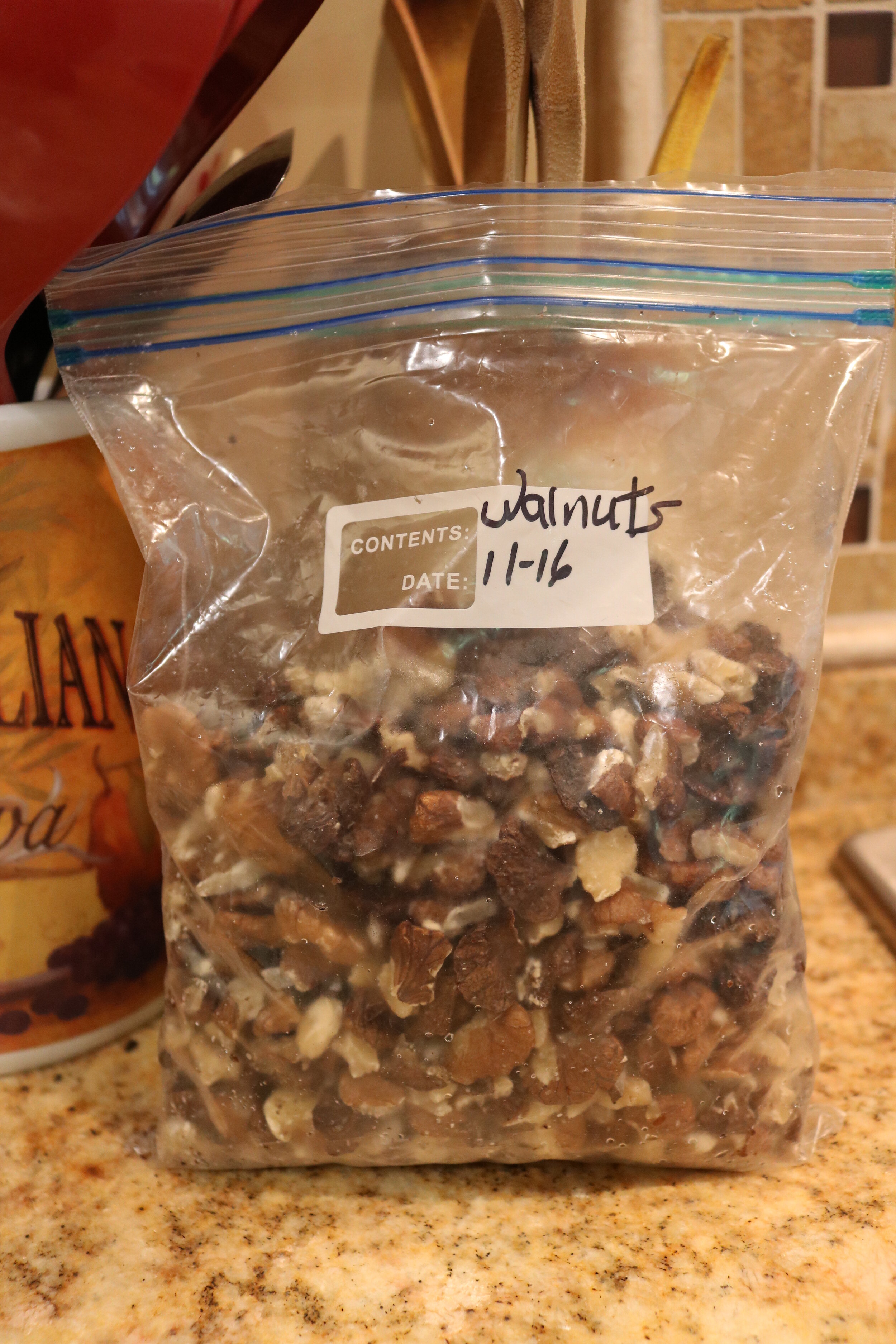Over the last week, I’ve been in multiple text strings with four different groups and four individuals negotiating calendar space with each for when slots of our free time align. I was so very close to accomplishing this goal with a friend from Chicago: On a Friday night, I was in the passenger seat in the van, engrossed in an exciting rapid text exchange; my friend and I were determined to sort out a virtual coffee date. Then I crossed an invisible line on a back road in Maine – from service to no-service. All plans halted, and I forgot to get back on task when I returned home that Sunday evening.
On Tuesday of the following week, I got caught up in travel and waterfall chat with the nurse I see every four weeks; she has been giving me my Lupron shot (part of the 10-year treatment plan post-breast cancer) for five years. We power through a lot of details in that appointment as we share photos on our phones: Where is that waterfall? How did you find it? Where are you camping? What’s your favorite mountain to ski? We fit all of this adventure chatter in my appointment slot, which is probably 20 minutes. We’ve been in this rodeo so long that she and I can both go through the professional motions while getting up to speed on one another’s travels. As I left, I smiled and said, “OK, I’ll see you in four weeks!” I’m happy that we have our next chat on the calendar – despite the fact that every time I see her she administers a jab with a one-and-a-half-inch needle.
As I said goodbye to my nurse, I had a strange, new thought: I see her more often and much more regularly than I see most of my friends who live locally. I talk to her more than I talk to my friends out of state. In fact, I have the same connection with the woman who does my hair, as well as a handful of other regulars in my life. Even the smile I share with the woman who sits in the same spot every Tuesday in the quiet room of the library feels warm and familiar. She and I regularly seek eye contact when I walk into the room.
I have a few dates on the calendar that are consistently scheduled, and I sigh thankfully when those days come around: the monthly meeting of my book and writers’ critique groups, a seasonal visit with four friends, and a Thursday morning walk. A couple of these dates are set in stone on the calendar; the writers’ critique group is dependably on the third Thursday of the month, and the weekly early Thursday morning walk is set on my electronic calendar to repeat without end. As for the others, every time we meet, we confirm the next date we will get together.
I remember a chapter from Helen Russell’s book, The Year of Living Danishly: Uncovering the Secrets of the World’s Happiest Country, about how happy Danes belong to social groups that meet regularly. This means that there is no scheduling involved to spend time with people who share similar interests, for perhaps their book club meets every fourth Monday, their biking club meets Tuesdays, and their swimming club meets Thursdays. Then they are left with Fridays and Saturdays to get Hygge with friends in their homes by hosting candlelit, six-hour-long dinners.
A couple years ago, one of my local friends mentioned an innovative idea. She observed that we rarely get to see one another, except for quick exchanges when picking up kids and that she has two other friends in the same boat. She thought we would have great conversations together, the four of us. She suggested that the three of us come to her house every three months for tea, two hours max on a weekend. Now, we strangers turned friends meet every season – because of our friend’s scheduling prowess: She stays on texting-task until that seasonal date is set on our calendars.
I believe getting together may have been easier before texting. Now, we text one another to schedule when would be a good time to have a phone call. I have only a handful of friends who I feel comfortable just picking up the phone and calling. I think back to growing-up when we answered the phone whenever it rang, and if Mom was busy, she’d simply tell the person she’d call her back later. It’s a strange time we’re in: Do we crave face-to-face, real-time conversations? Do we avoid them? Is social media becoming a substitute? Do we avoid that whole planning task because we feel we’re scheduling our lives away?
I don’t know the answer. I feel it’s a bristly contemplation. As for me, by the end of this week – or perhaps more realistically, in the four weeks before I see my nurse again – I’m going to get a time on the calendar with those four groups and four individuals. And through the phone line or in person, we will connect. That will probably take us into December, particularly getting four families together, which equates to juggling the calendars of eight adults and eleven children.
Perhaps we could all just move into the same cul-de-sac? Please?



